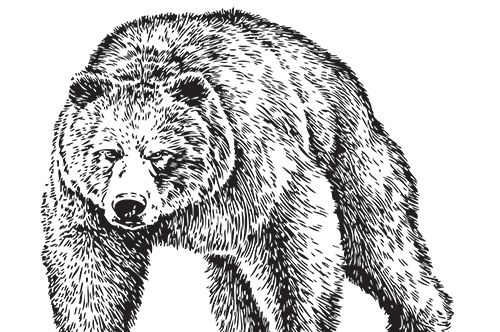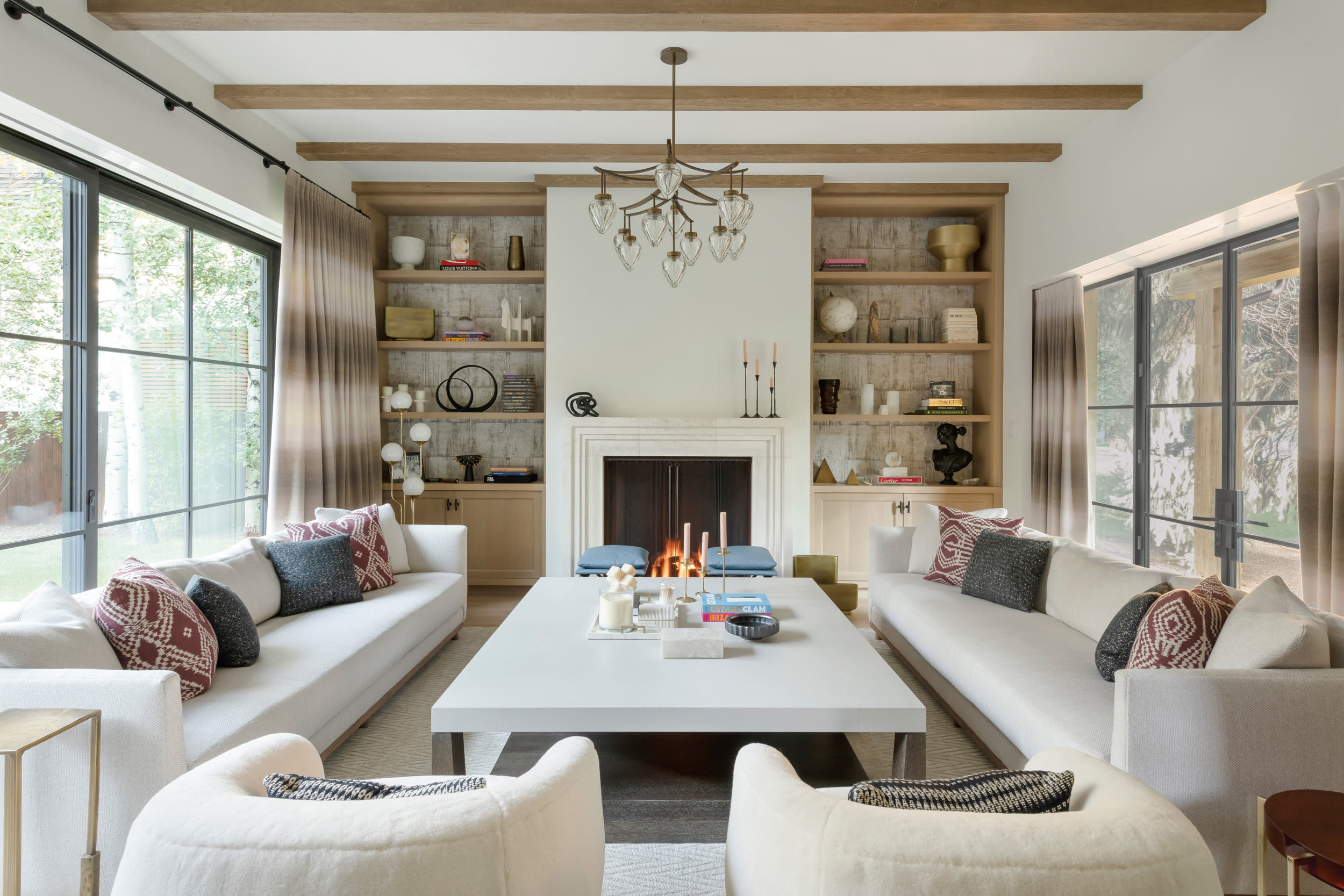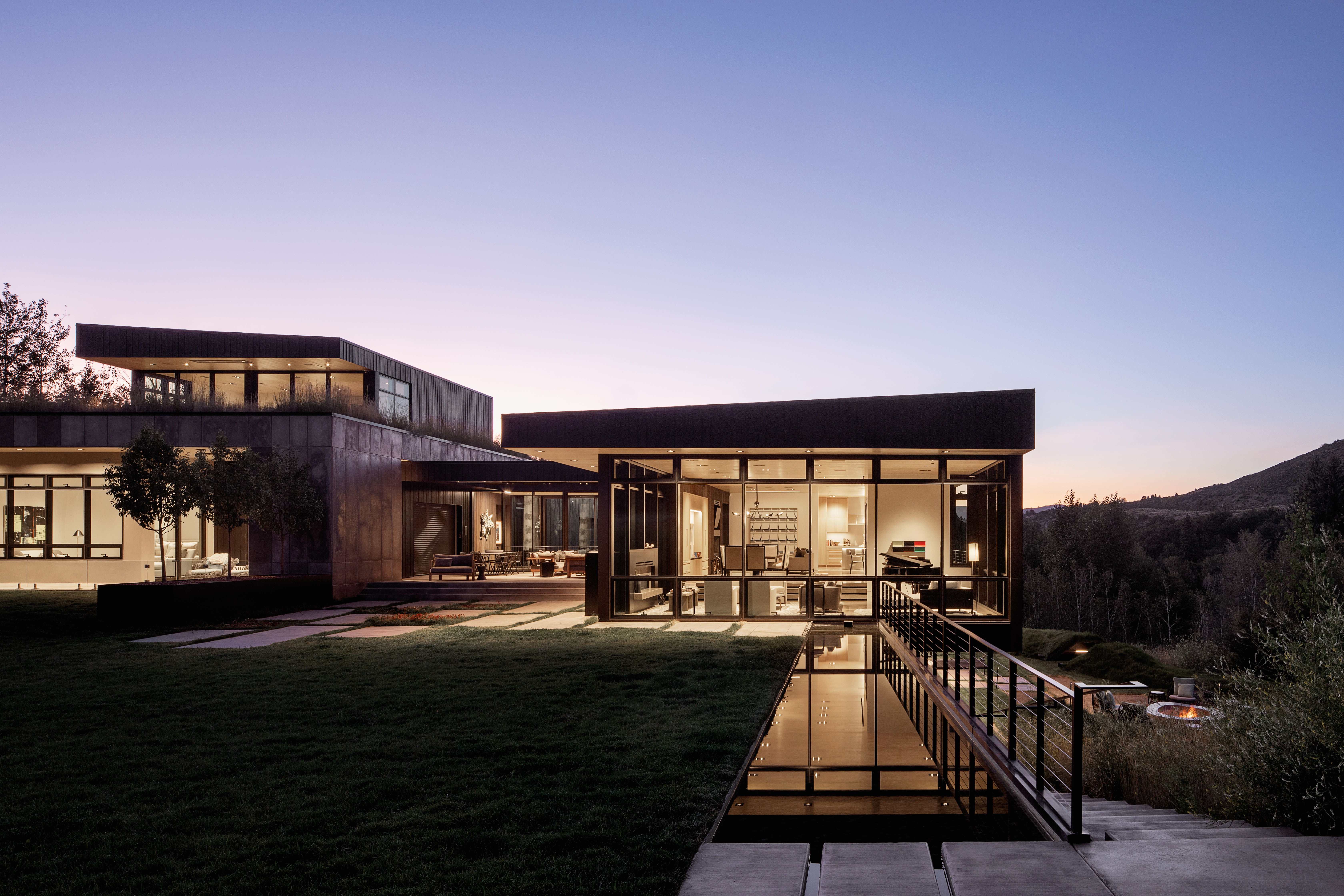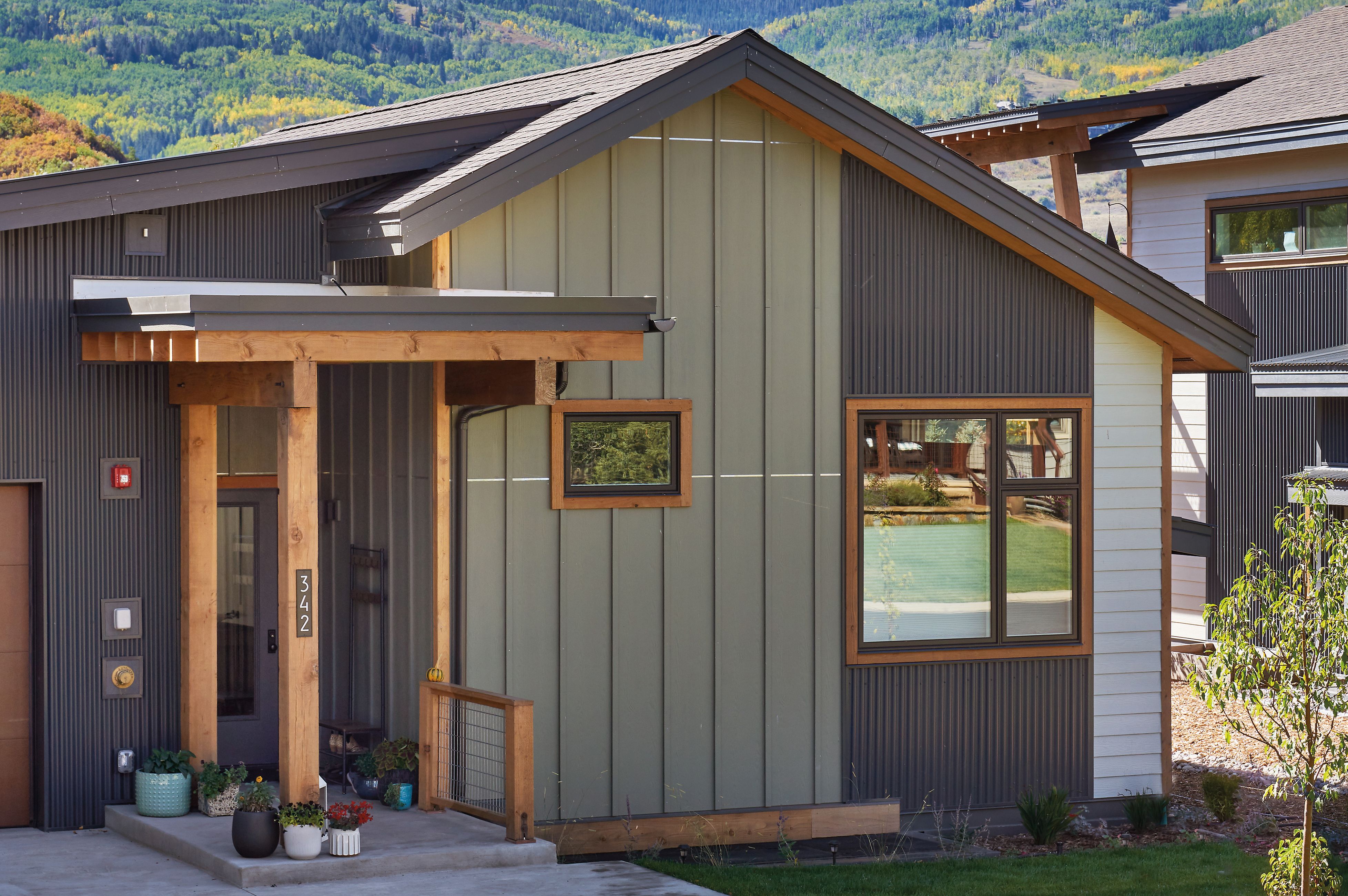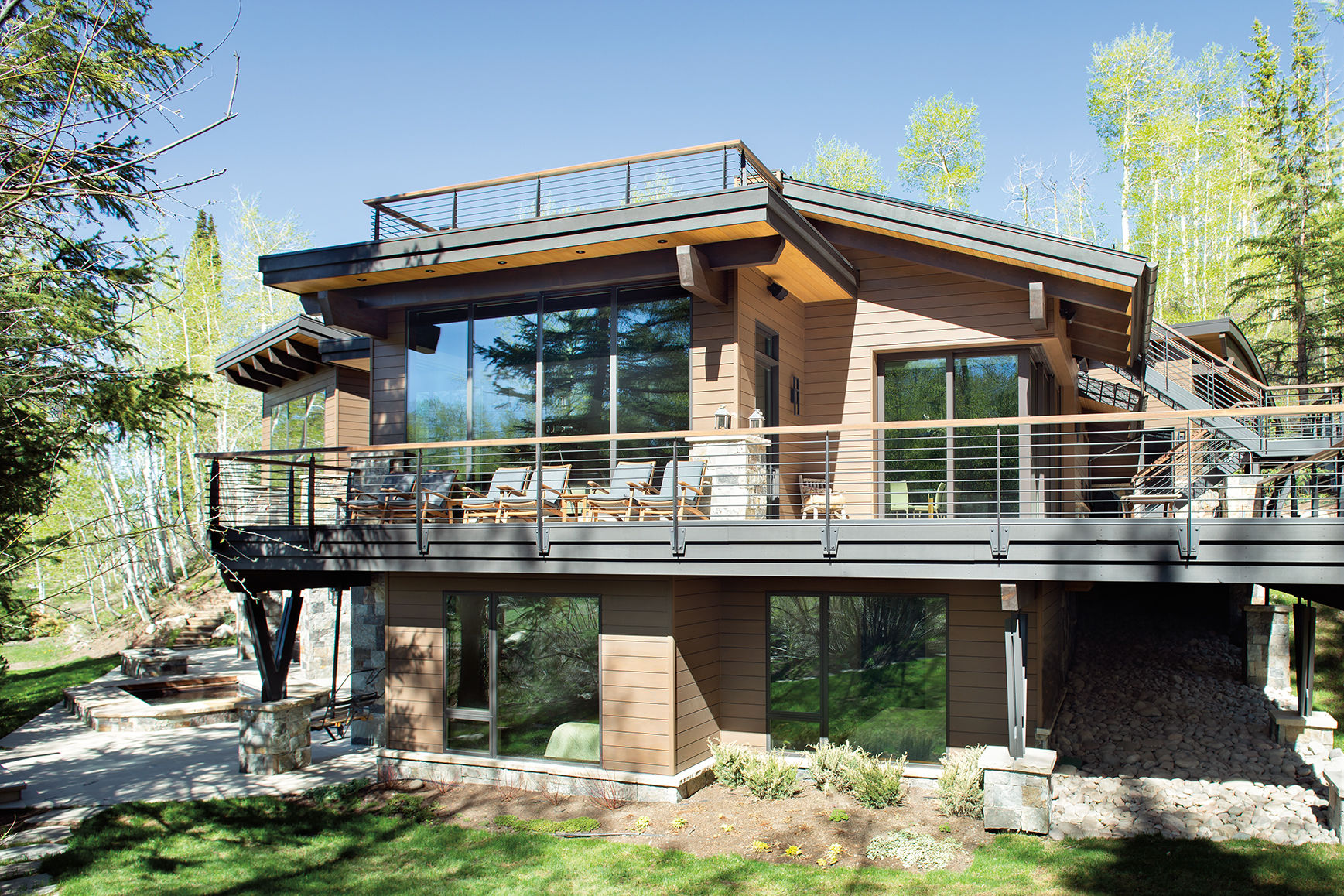The Real Story Behind El Jebel's Identity
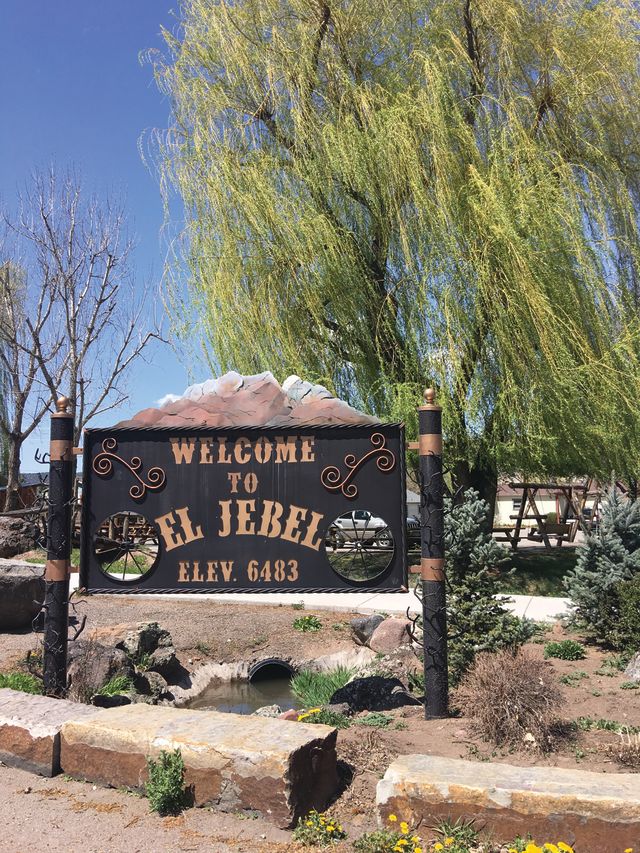
Image: Courtesy Photo
Ask Roaring Fork Valley locals about the name of El Jebel—the unincorporated community bordering Basalt to the west—and some might quip that it translates as simply “The Jebel” or, snarkily, “Edge of Hell.” The actual meaning? It’s Arabic for “the mountain.” But why an Arabic moniker for this eclectic area of businesses and trailer homes?
Turns out the name was taken from the large ranch, owned by Aspen mining tycoon Henry B. Gillespie, that occupied the same site in the late 1800s. Gillespie, in turn, took his inspiration from the El Jebel Masonic Temple in Denver, which he helped found in 1888.
The temple is home to the Shriners, an organization best known for the children’s hospitals it operates and for its fez-wearing members who drive tiny cars in parades. As for the Middle Eastern ties, when the national organization was created in 1872, one of its founding members, after attending a party thrown by an Arabian diplomat, moved to incorporate Arabic influences into the group’s culture.
Around the time Gillespie owned his ranch, the Colorado Midland Railroad built a siding nearby, and a small post office opened, calling the area Sherman. But around 1892 the railroad changed the name to El Jebel to flatter Gillespie, one of its biggest shippers.
The only question that remains is what part of Gillespie’s flat downvalley getaway made him think of a mountain in the first place.










